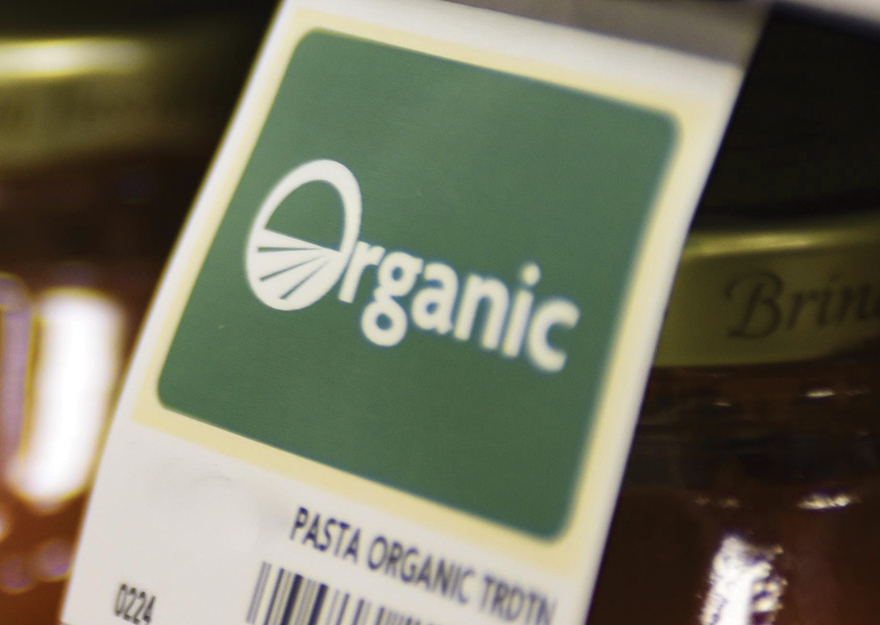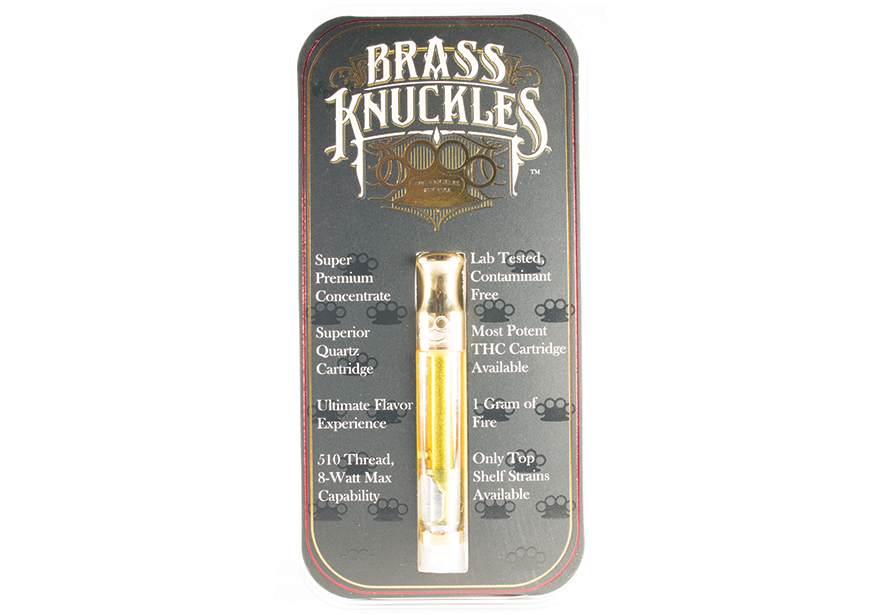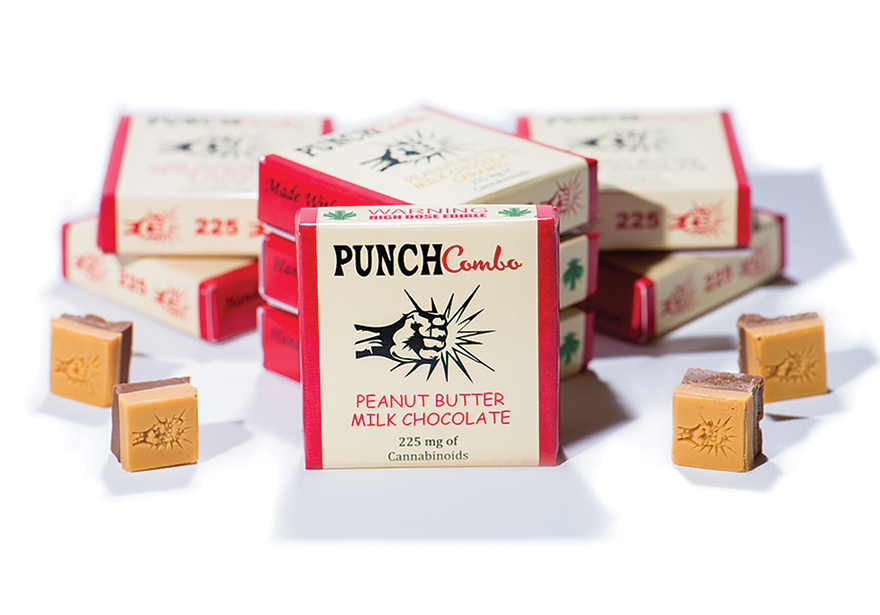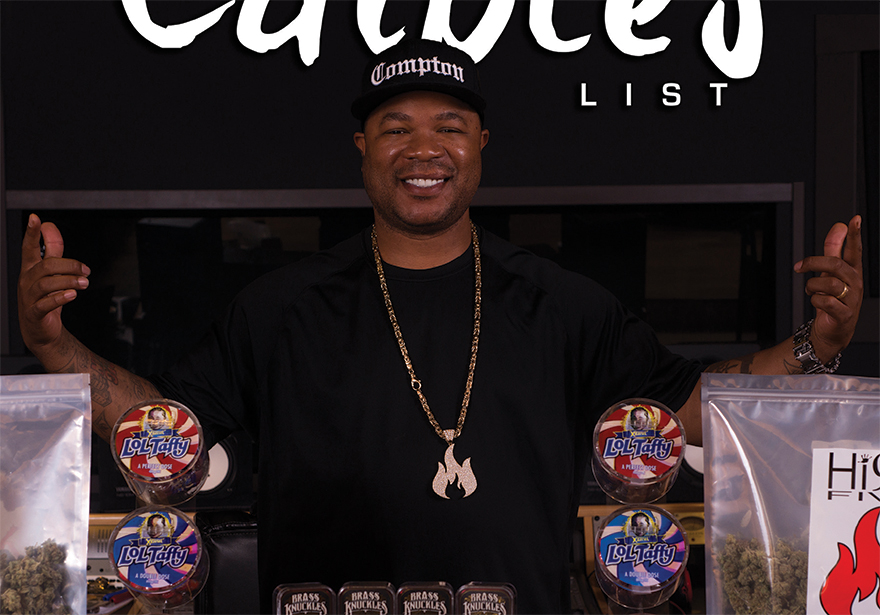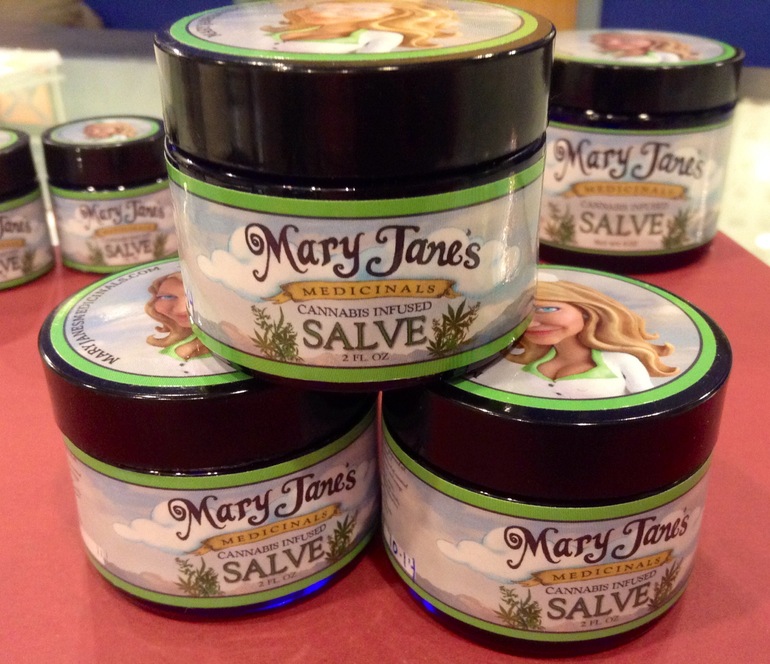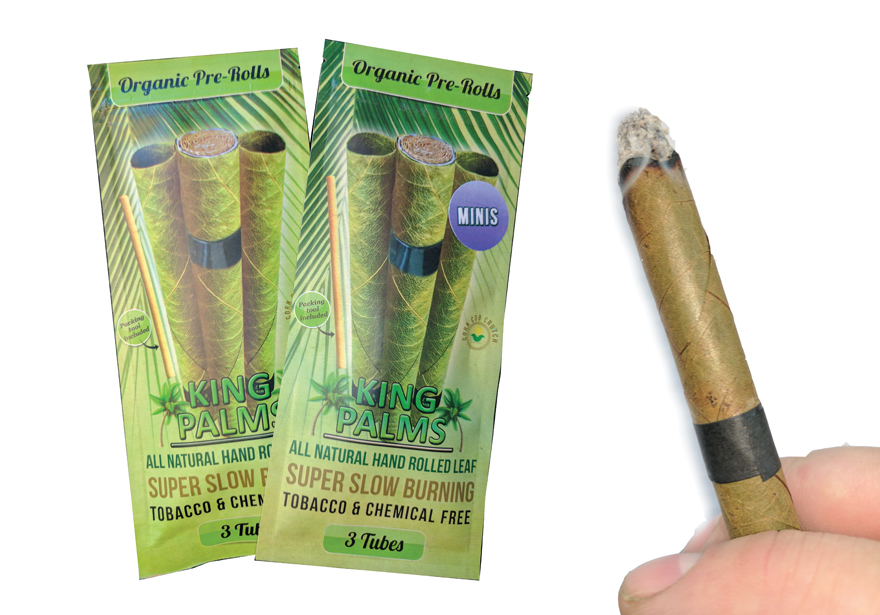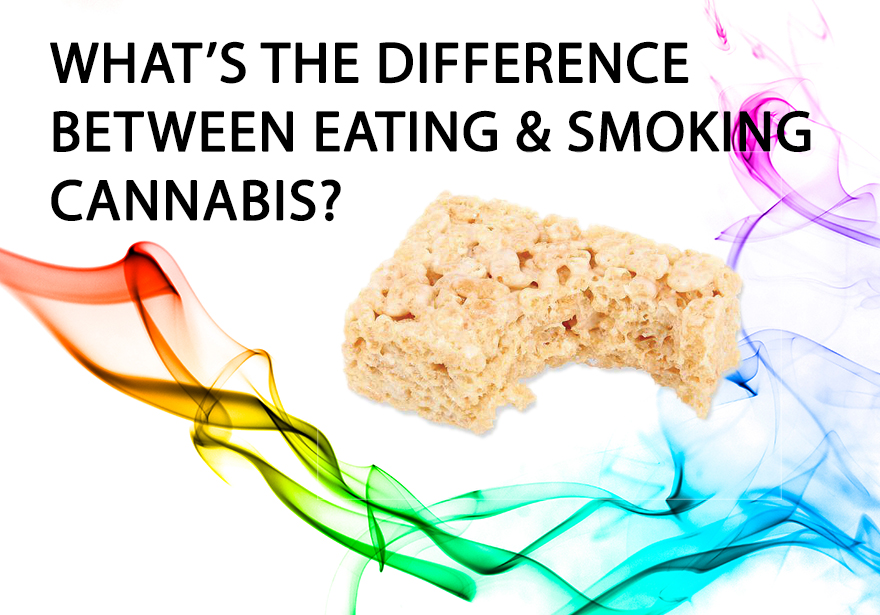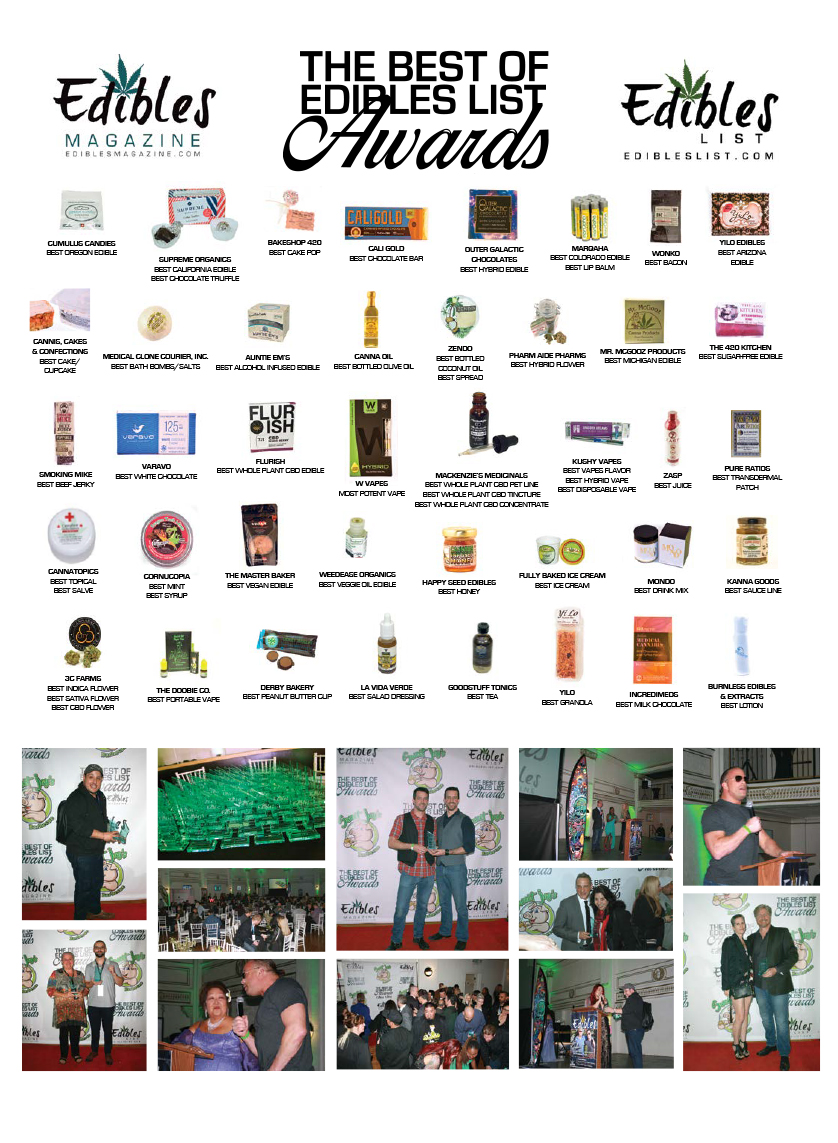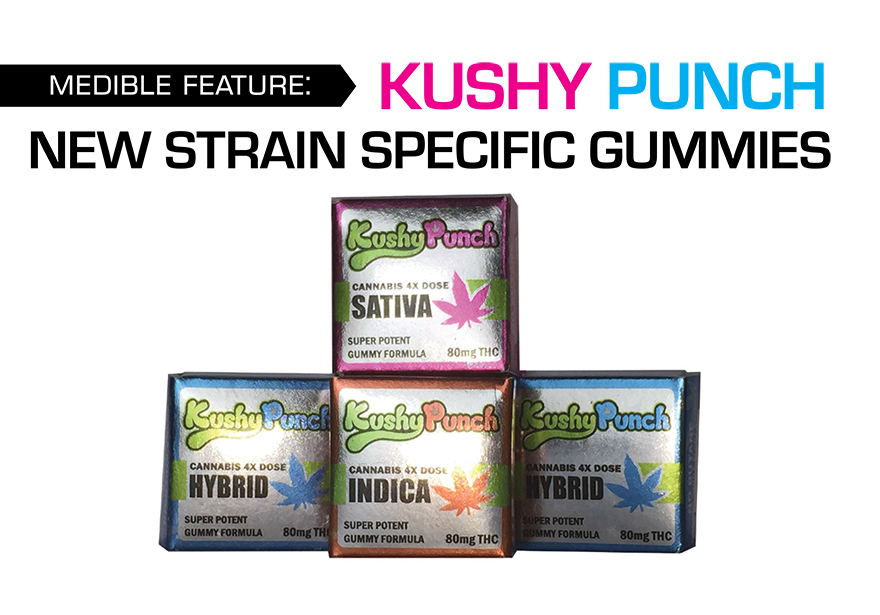Years ago (around a decade ago) most of the processed food products on the market were made by large companies- like Unilever, Nestle, Kraft and Campbell’s Soup. Products were designed to last years on the shelf. This was all possible because of the multitude of industrial ingredients available to manufacturers like xanthan gum, sodium benzoate, potassium sorbate and citric acid. These ingredients are designed to prevent bacteria from growing, lower pH, create unique textures and keep baked goods soft and delicious. Fast -forward, the food industry landscape has changed and there are now thousands of start-up food based companies who want to put out what they believe are healthier shelf stable options to compete with existing big brands. Part of the new food landscape involves using “clean” ingredients that are not only recognizable to consumers but also bring awareness to what is inside the food product.
Clean and Clear
The consumer’s desire for clean, clear and recognizable ingredient statements has presented a challenge to food scientists and manufacturers who must develop the food products for these startups, and who need to have access to the array of ingredients available to them that will enable them to make the product functional, safe, shelf stable and in compliance with FDA labeling regulations. There is no real definition of clean and most startup companies have a mission to put out a food product with a specific functional or health purpose and they have their own ideas of how to relay the ingredients inside the product to their target market. Ingredient statements are now strategic mission statements and are a crucial part of a food company’s marketing strategy. It is important that start up companies do their research and try to understand what the foreign sounding ingredients are, the specific function or role it plays in the development of their product, the FDA rules on how it should be listed and what cleaner sounding alternatives exist.
Learn The Regulations
There is a whole section in the FDA Code of Federal Regulations (CFR’s) that is dedicated to explaining how ingredients need to be listed on a food product. This chapter is famously known (at least famously known to food scientists) as 21 CFR 101.4 This section includes examples like—sugar can’t be called “sucrose” and when you must use specific ingredient names and when you have the option to use a more “generic” term. Food scientists and regulatory label creators must follow these rules or they will be violating the FDA code. FDA violations can lead to letters from the FDA and possible product recalls.
Don’t Mislead The Masses
The rules of the FDA are very specific and start-up companies often wish they could describe an ingredient in a way that they perceive to be more “positive”. This type of wishful thinking can easily lead to a label that the FDA and your consumers could construe as misleading. For example, one would rather say evaporated cane juice instead of “sugar”, and the FDA will take issue with that, or a brand owner may want to call an ingredient by its trademarked name like “Fibersol” instead of what is really is (soluble corn fiber) because they think the trademark name sounds better. Don’t attempt to call an ingredient whatever you like- you must always consult with a regulatory specialist to make sure you are in compliance with the law. Unfortunately a truthful ingredient statement may sometimes sound ugly but there are ways of dealing with this and a food lawyer or regulatory expert can help.
Learn Why The Ingredient Is Needed
Are you making a shelf stable beverage and need to lower your pH? You may need to include citric acid in your formula. Do you want your baked good to last more than a few days on the shelf? You may need calcium propionate or potassium sorbate to inhibit mold growth. Do you want your fat free salad dressing to be smooth and creamy? You might need carrageenan or xanthan gum. Do you need to lower the water activity of your product to keep it dry and prevent bacteria from growing- you might decide to add corn syrup instead of sugar to prevent crystallization and keep your product affordable.
Find Alternatives
There is more than one ingredient out there that can be used to create your desired end product. For example-you may not want to use “corn syrup” because it has the word corn in it or because your consumers associate corn syrup with GMO’s or High Fructose Corn Syrup. Corn syrup in Europe is referred to as “glucose syrup” and in the U.S. you can substitute brown rice or tapioca syrup instead. You could also source out organic GMO free corn syrup too if you think that your consumers will feel better knowing that corn syrup does exist in an organic format. Sometimes the simple act of sourcing out an organic source of a unusual sounding ingredient will put your consumers at ease once they realize that it’s “organic”. Other alternatives out there include lemon juice concentrate for pH reduction (versus citric acid) and mold inhibiting “cultured whey” instead of the more unfamiliar potassium sorbate. These more natural sounding ingredients come at a higher price that can add cost to your final product and lower your profit margin.
Educate
The industry is trying very hard to create labels that a consumer and their grandparents can understand. Sometimes educating the consumer as to why a particular unclear or unhealthy sounding word is necessary can help you justify to them why you have decided to use it. A company website can give start up companies an opportunity to let their voice be heard and provide information, education and direction to legitimate third party studies can explain in simple terms why ingredients were chosen and clarification on their origins.
Next Steps
As you begin to plan out your next product to market idea try to think about how you can use the ingredients you want to use and believe in and how you can relay that information to your consumers. Don’t think of ingredients as clean or dirty, good or bad because every target market has their own perception based on what they read online or heard on the news or what voice has reached out and influenced them. Keep your statements honest and don’t try to manipulate the truth.
Rachel Zemser

